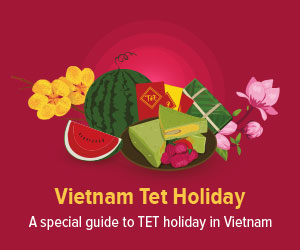Xôi vò (Mung Bean Coated Sticky Rice)
About "Xôi Vò"
While "Xôi Vò" is one of the most popular ways to prepare sticky rice in Vietnam, it possesses a unique texture that differs from other types of Xôi. The kernels of Xôi Vò are crumbly rather than overwhelmingly sticky, and they are coated with well-kneaded yellow mung bean. Together with "Xôi Gấc," or red sticky rice, "Xôi Vò" holds a significant place in Vietnamese culinary traditions (read more about Vietnamese Sticky Rice or Xôi).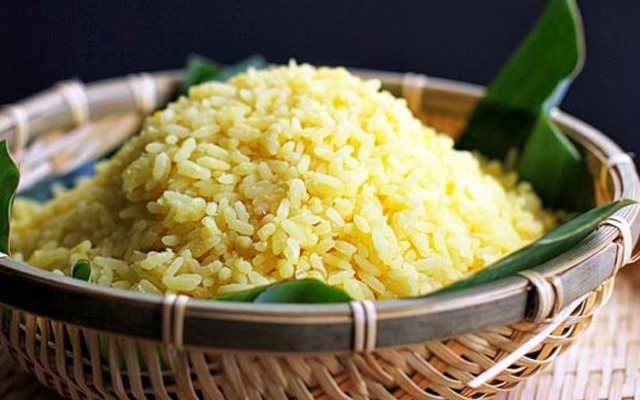 Photo: cooky.vn
Photo: cooky.vn
The Art of Making "Xôi Vò"
The name "Xôi Vò" itself describes the preparation method; "Vò" in Vietnamese translates to squeezing, which encapsulates the essence of this "squeezed sticky rice" dish. Although preparing this delicacy is no small task, its delicious flavor makes the effort worthwhile.
The primary ingredient is glutinous rice, but to complete the dish, mung beans, salt, sugar, and vegetable oil are also required. Because the dish's flavor can hinge on the quality of each ingredient, careful selection of rice and dehusked mung beans is imperative. Both ingredients should be soaked separately for up to 12 hours. Watching a chef craft "Xôi Vò" can be a fascinating experience.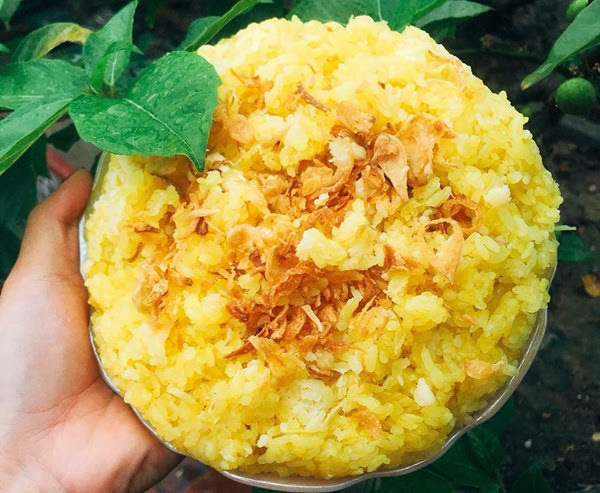 Photo: vietfoodshop.com
Photo: vietfoodshop.com
You may wonder why the rice needs such extensive soaking and meticulous washing. The answer lies in achieving the right balance: a perfect plate of "Xôi Vò" requires the rice to absorb just enough water, while ensuring it remains dry and crumbly for cooking.
Similar to "Xôi Xéo," the mung beans for "Xôi Vò" are steamed and then mashed into a powdery consistency. The beans are then combined with the rice, enhanced with salt and vegetable oil, allowing the grains to be thoroughly coated in the granular mung bean mixture. The well-squeezed steamed mung bean adds a creamy texture and a subtly sweet, nutty flavor to the rice. Afterward, everything is steamed once more!
A steaming process of 20 minutes will make the rice tender, but this is not the end of the complex and time-consuming method. The cook must allow the mung bean sticky rice to cool before rolling it between their hands with some sugar. Once cooled, the dish is ready to be enjoyed, a rewarding culmination of effort.
What Makes "Xôi Vò" So Special?
"Xôi Vò" is highly versatile, suitable for any meal—be it breakfast, lunch, dinner, or supper. However, it is particularly beloved by the Vietnamese when paired with "Chè Hoa Cau," a sweet dessert soup made from tapioca starch, sugar, and water. Together, they create a harmonious combination, celebrated for its pleasant fragrance and tender flavor profile.
Xôi Chè with Sweet Soup
As a refreshing dessert, "Xôi Chè"—the combined name for both "Xôi Vò" and "Chè Hoa Cau"—is best enjoyed during the warm summer months, providing both physical and spiritual relief. Featuring a bright yellow hue that symbolizes prosperity in Asian cultures, along with the abundance of grains representing fertility, "Xôi Vò" serves as a meaningful gift for newborns and newlyweds, embodying the hope for a joyful and prosperous life together.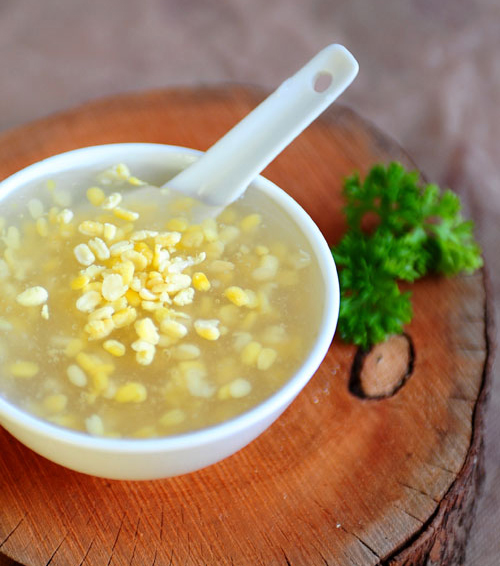 Photo: youtube.com
Photo: youtube.com
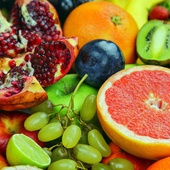
Vietnamese Fruits - An Overview
Being geographically located in the tropical zone, Vietnam is truly a heaven when it comes to fruits.
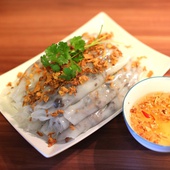
Vietnamese Cakes - A Closer Look At Vietnam's Most Varied Food
An overview to the different types of cake in Vietnam.
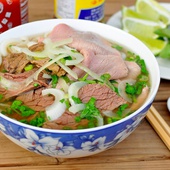
Vietnamese Noodles - An Overview
An introduction to Vietnamese noodles.



